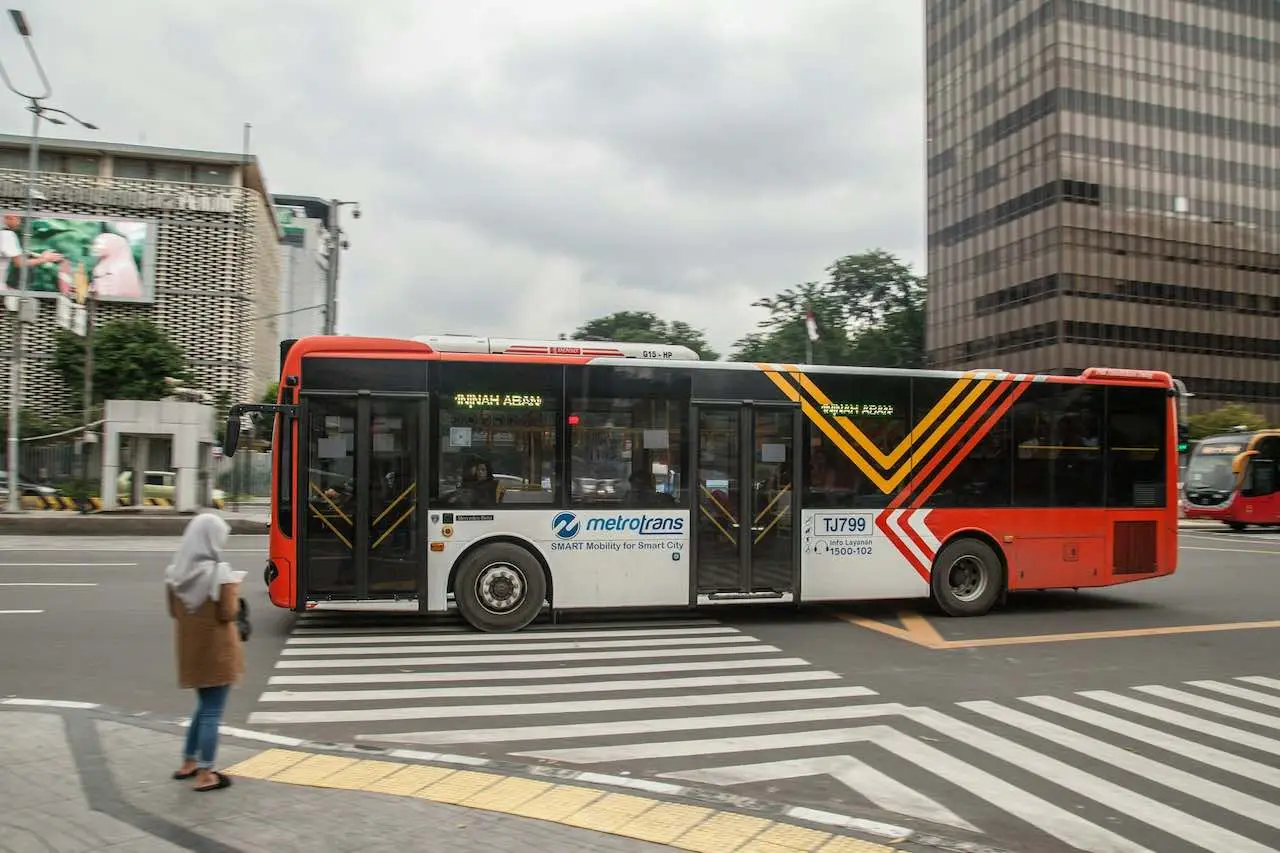
Tuesday, 15 Oct 2024

Transportation advertising is becoming an increasingly popular out-of-home (OOH) marketing strategy in Indonesia. By utilizing vehicles such as buses, trains, cars, and motorcycles as promotional media, brands can reach a wider and more diverse audience. However, for the campaign to succeed, careful and structured planning is essential. Let’s break down the key steps to creating a successful and impactful transportation ad campaign!
The first step is to set clear objectives. Is the campaign aimed at boosting brand awareness, promoting a new product, or driving traffic to physical or online stores? These goals will serve as a guide for shaping the overall strategy.
Each transportation mode offers distinct advantages. For example:
Choosing the right transportation should align with your audience profile and the geographic coverage you want to achieve.
Visual design is a critical factor in capturing attention. Ensure your design:
A strong design makes the ad more memorable, even when the vehicle is in motion.
Transportation routes and schedules significantly impact campaign effectiveness. Analyze traffic patterns and passenger density to identify the most promising routes. For instance, routes passing through business districts, shopping areas, or tourist spots will provide higher exposure.
Adding digital elements like LED screens or QR codes can enhance audience interaction. With a QR code, audiences can instantly access websites, social media, or exclusive promotions just by scanning with their phones.
Once the campaign is live, conduct regular evaluations. Track metrics such as impressions, engagement rates, and traffic increases to the brand’s digital channels. This data will help assess the campaign's success and guide future improvements.
Creating a structured and effective transportation ad campaign requires comprehensive planning, from goal setting and transportation selection to visual design and performance evaluation. With the right strategy, transportation ads can become a powerful tool for expanding brand reach and building strong connections with audiences across various locations.

Lestari Ads Agency - PT Lestari Dev Solusindo
Lestari Ads Agency is a leading out-of-home media company with the largest network in Indonesia. Lestari Ads Agency aims to create an inspiring journey by building the most effective, accessible and innovative data and advertising ecosystem, thus revolutionizing the way companies connect with their audiences. Lestari Ads has brightened up Indonesia's main streets and points of interest with LED Digital, traditional and iconic high-quality transit ads. We focus on providing impactful, innovative, effective and accessible advertising space.
The most trusted OOH advertising agency in Indonesia
Experience the top of visibility with Indonesia's leading out-of-home (OOH) advertising agency. We specialize in turning the urban landscape into a dynamic canvas for your brand, crafting compelling narratives that capture the imagination of millions. Our mastery over strategic placements and innovative formats ensures your message not only reaches, but resonates with a diverse and expansive audience. With a proven track record of delivering high-impact campaigns across Indonesia's bustling cities and beyond, we redefine what's possible in OOH advertising.
Find the best quality billboard advertising space with variety of size and dimension
out-of-home advertising, digital billboards, traditional billboards, transit advertising, street furniture advertising, outdoor signage, digital ooh, led billboards, static billboards, large format advertising, advertising displays, ooh media, advertising billboards, outdoor digital screens, urban advertising, roadside billboards, digital signage, retail advertising, poster advertising, mobile billboard advertising, digital transit ads, interactive ooh, airport advertising, mall advertising, cinema advertising, sports venue advertising, digital outdoor advertising, public transportation ads, taxi advertising, bus shelter ads, pedestrian advertising, advertising kiosks, outdoor media solutions, billboard marketing, ooh advertising strategies, ooh media planning, digital billboard solutions, smart billboard advertising, contextual ooh ads, geotargeted ooh ads, location-based ooh, smart outdoor ads, programmatic ooh, data-driven ooh, brand awareness billboards, large-scale ooh campaigns, outdoor advertising effectiveness, billboard design, high-traffic billboard locations, hyperlocal ooh, street-level ooh, public transit advertising, ooh campaign management, outdoor digital displays, media buyers ooh, roadside digital ads, metro station advertising, shopping center ads, ooh advertising trends, outdoor media buying, bus wrap advertising, illuminated billboards, building wrap advertising, branded outdoor advertising, billboard networks, freeway advertising, expressway billboards, train station advertising, out-of-home advertising campaigns, event-based ooh ads, ooh media buying strategies, proximity-based ooh, national ooh campaigns, city-wide ooh advertising, large-scale outdoor campaigns, integrated ooh solutions, ooh digital networks, smart city advertising, mobile billboard solutions, dynamic outdoor ads, highway billboard advertising, ooh media optimization, digital out-of-home screens, high-impact ooh ads, retail digital signage, interactive billboard advertising, regional ooh advertising, local outdoor advertising, consumer engagement ooh, brand visibility outdoor ads, targeted billboard advertising, digital advertising screens, urban billboard advertising, weather-triggered ooh ads, motion sensor billboards, flexible ooh solutions, sustainable outdoor advertising, renewable energy billboards, solar-powered billboards, ooh for small businesses, outdoor brand activations.
Frequently Ask Questions
About Us

